| |
|
|
Botanical Name |
: |
Acalypha indica L. |
English
Name |
: |
Indian Acalypha and Indian Nettle |
Synonym(s) |
: |
Acalypha ciliata Wall., Acalypha canescens Wall., Acalypha spicata Forsk.. |
Family |
: |
Euphorbiaceae |
| |
General Info
| Description |
 |
|
An annual erect herb with hairy angular branches and growing as high as 75 cm. Leaves 2.5 - 7.5 cm long and 2-2.5 cm broad, ovate or rhomboid- ovate, acute or sub-obtuse, crenate- serrate, glabrous, thin, base cuneate, somewhat 3- nerved; petioles usually longer than the blade, slender; stipules minute. Flowers unisexual, in numerous lax, erect, elongate axillary spikes; the male flowers minute, terminal or axillary; the female flowers scattered, 3-7, surrounded by a short pendunculate, large, leafy, truncate, dentate, cuneiform, many-nerved bract, 6-8 mm in diameter. Ovary hispid. Capsules small, hispid, quite concealed by the bract, often only 1-seeded. Seeds ovoid, smooth, pale-brown. |
| Herb Effects |
 |
|
Expectorant and induces nausea (root); antibacterial (plant); diuretic and laxative; Cathartic, anthelmintic, emetic, anodyne and hypnotic, antimicrobial activity (extract of dried leaves). |
Chemistry
| Active Ingredients |
 |
|
Kaempferol, beta-sitosterol, gama-sitosterol, and "HCN" (plant); acalyphin (a cyanogenic, alkaloidal glucoside) (aerial part). |
| Chemistry
of Active Ingredients |
 |
|
|
 |
Name |
CAS# |
IUPAC Name |
Formula |
Structure |
 |
|
| Kaempferol |
80714-53-0 |
3-[3-[4,5-dihydroxy-
6-(hydroxymethyl)-3-
[3,4,5-trihydroxy-6-
(hydroxyme
thyl)oxan-2-yl]oxy-o
xan-2-yl]oxy-4,5-dih
ydroxy-6-(hydroxymet
hyl)oxan-2
-yl]oxy-4,5-dihydrox
y-2-(4-hydroxyphenyl
)-chromen-7-one |
C33H40O21 |
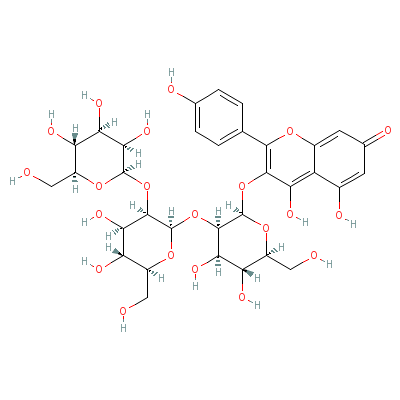
|
| Beta-Sitosterol |
5779-62-4 |
17-(5-ethyl-6-methyl
-heptan-2-yl)-10,13-
dimethyl-2,3,4,7,8,9
,11,12,14,
15,16,17-dodecahydro
-1H-cyclopenta[a]phe
nanthren-3-ol |
C29H50O |
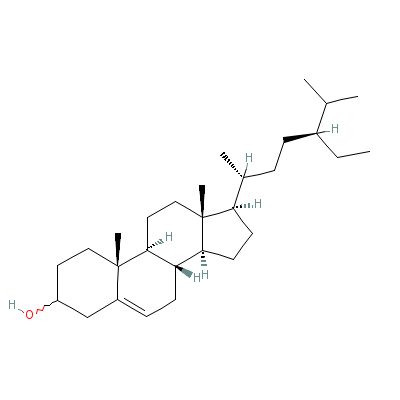
|
| HCN |
Not available |
Hydrogen cyanide |
CHN |
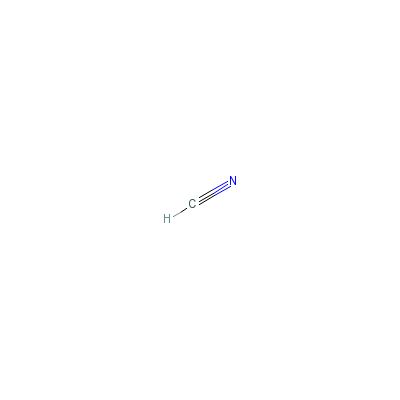
|
| Acalyphin |
81861-72-5 |
2-hydroxy-4-methoxy-
1-methyl-6-oxo-3-[3,
4,5-trihydroxy-6-(hy
droxymethy
l)oxan-2-yl]oxy-2H-p
yridine-3-carbonitri
le |
C14H20N2O9 |
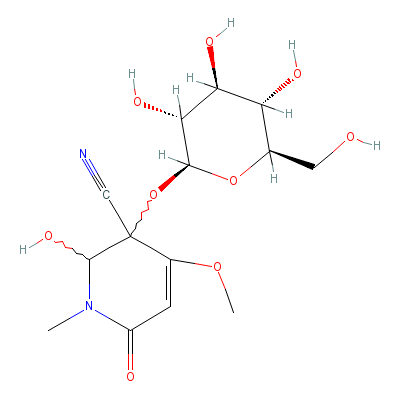
|
| gamma-Sitosterol |
83-46-5 |
17-(4-ethyl-1,5-dime
thyl-hexyl)-10,13-di
methyl-2,3,4,7,8,9,1
0,11,12,13
,14,15,1
6,17-tetradecahydro-
1H-cyclopenta[a]phen
anthren-3-ol |
C29H50O |
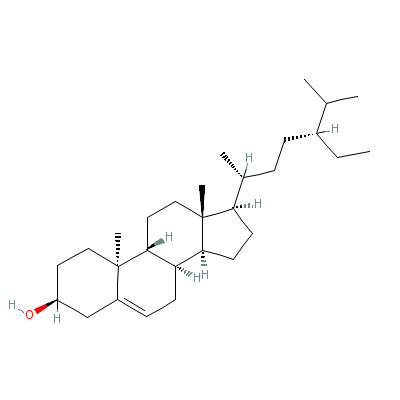
|
|
Pharmacology
| Medicinal Use |
 |
|
For cough (leaf extract); bronchitis and pneumonia (plant decoction); skin diseases (leaf); as a vermifuge, in constipation and rheumatism; in asthma, cough, bronchitis and earache (fruit) . |
| Reference |
 |
|
 Chandel et al., Biodiversity in Medicinal and Aromatic Plants in India. Chandel et al., Biodiversity in Medicinal and Aromatic Plants in India.
Sharma, Classical Uses of Medicinal Plants.
Shanmugasundaram KR. Seethapathy PG. Shanmugasundaram ER. Anna Pavala Sindhooram--an antiatherosclerotic Indian drug. J Ethnopharmacol.
|
Dealers
Products
|
|